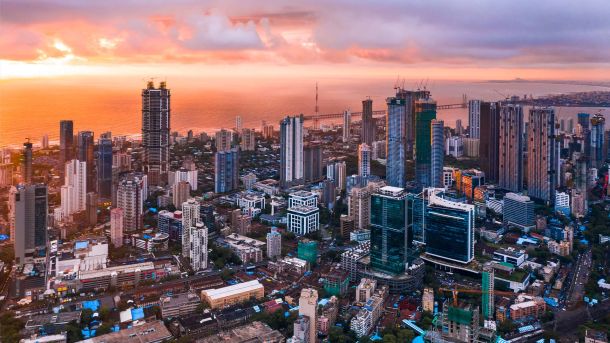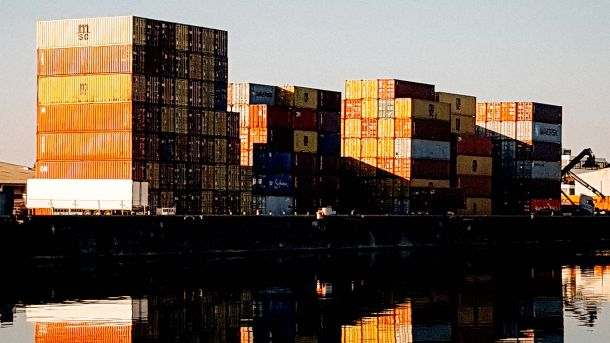
In September 2024, producer price inflation experienced a significant slowdown. The annual increase in producer inflation was recorded at 1.0%, down from 2.8% in August, with a monthly deflation of 0.3%. Production costs for food and beverage items rose by 3.8% in September, contributing 1.1 percentage points to the month’s overall producer inflation. Additionally, the categories of metals, machinery, equipment, and computing reported lower-than-expected price increases, climbing 3.4% year-over-year compared to 3.5% in the previous month, and adding 0.5 percentage points to total producer inflation.
Several segments within the producer price inflation basket experienced deflation once again. Significant declines were noted in the coke, petroleum, chemicals, rubber, and plastic products categories, which fell by 2.1% year-on-year, leading to a reduction of 0.5 percentage points in overall producer inflation.
Production costs for intermediate goods saw a slight increase from 4.2% in August to 4.8% in September, with no month-on-month price escalation. The main contributors to the annual increase included the chemicals, rubber, and plastic products category, which rose by 8.1% in September, adding 2.5 percentage points to total intermediate producer inflation, and basic and fabricated metals, which increased by 3.6%, contributing an additional 1.7 percentage points. Meanwhile, the costs of water and electricity remained elevated, with a 9.8% annual rise in September, up from 7.1% the previous month.
In the primary sector, mining costs further contracted by 4.8% following a contraction of 1.7% in August. In contrast, the agricultural sector reported a 3.6% increase in production costs, a decrease from 6.1% in August.
Overall, the trend in producer price inflation is positive for general inflation expectations in South Africa, as producer inflation serves as a leading indicator of overall inflation in the country’s economic landscape. However, the continued rise in prices for intermediate goods, especially for water and electricity, remains a concern since these rates exceed the South African Reserve Bank’s (SARB) target range of 3% to 6%. The current producer inflation figures suggest a potential reduction in overall consumer inflation in the coming months, which is favourable for our interest rate and demand forecasts for the remainder of 2024.





